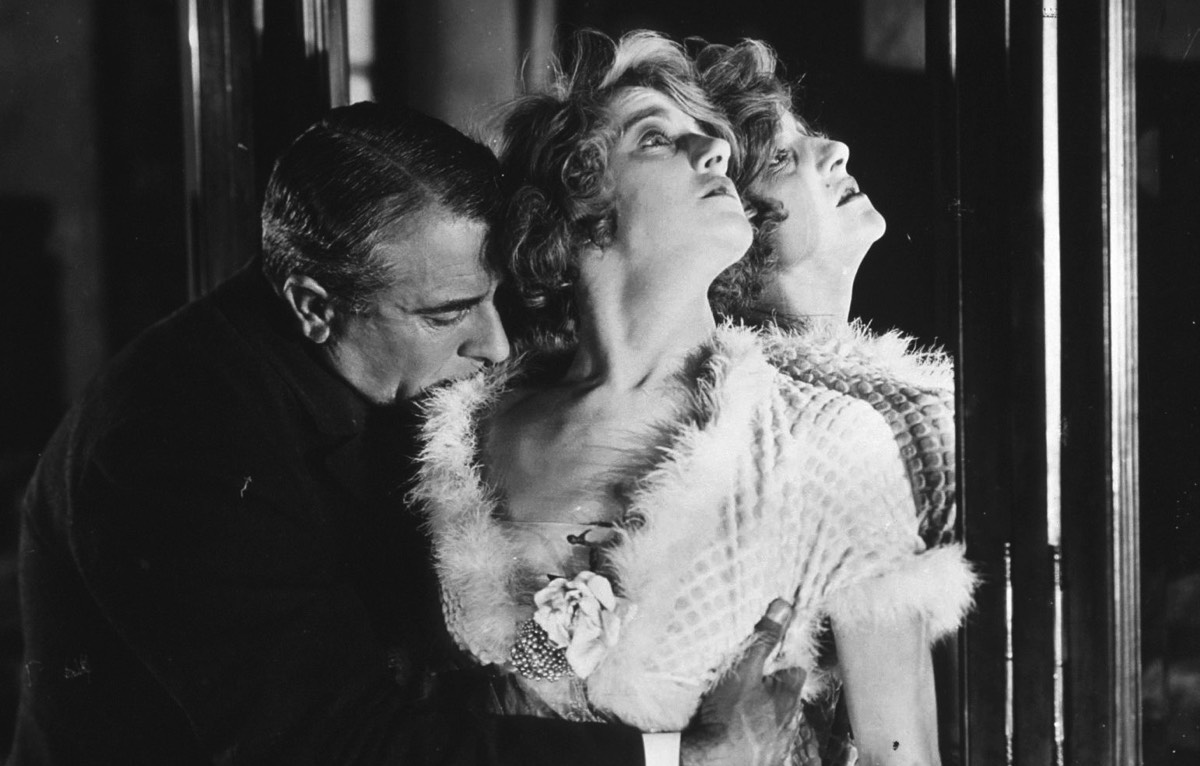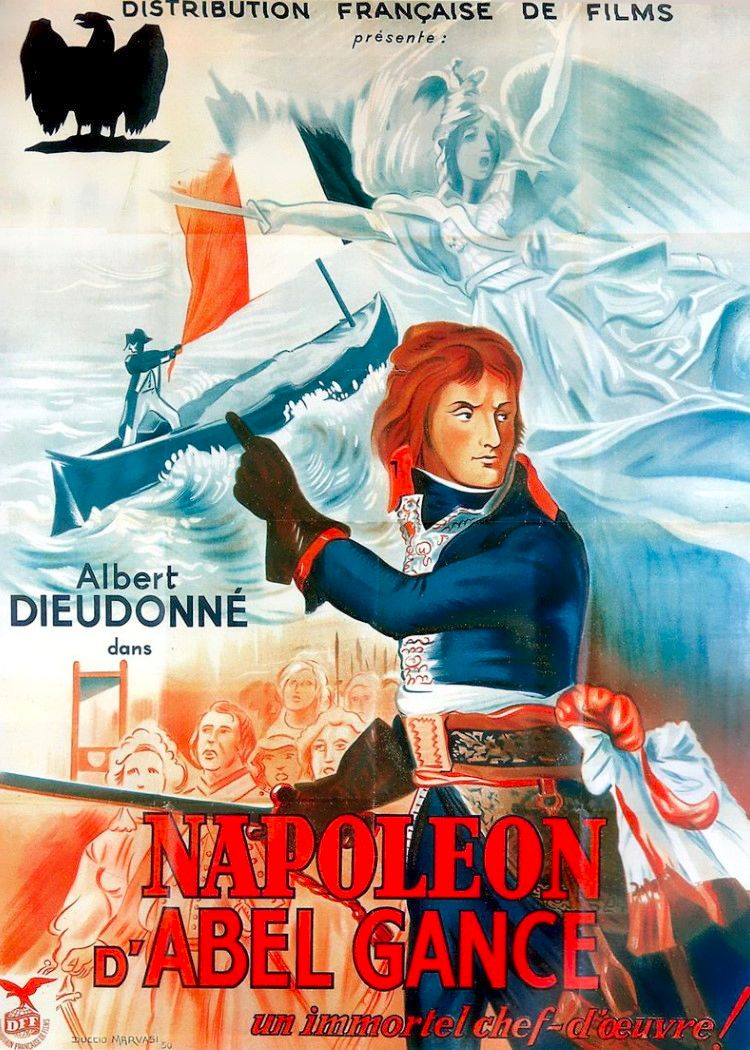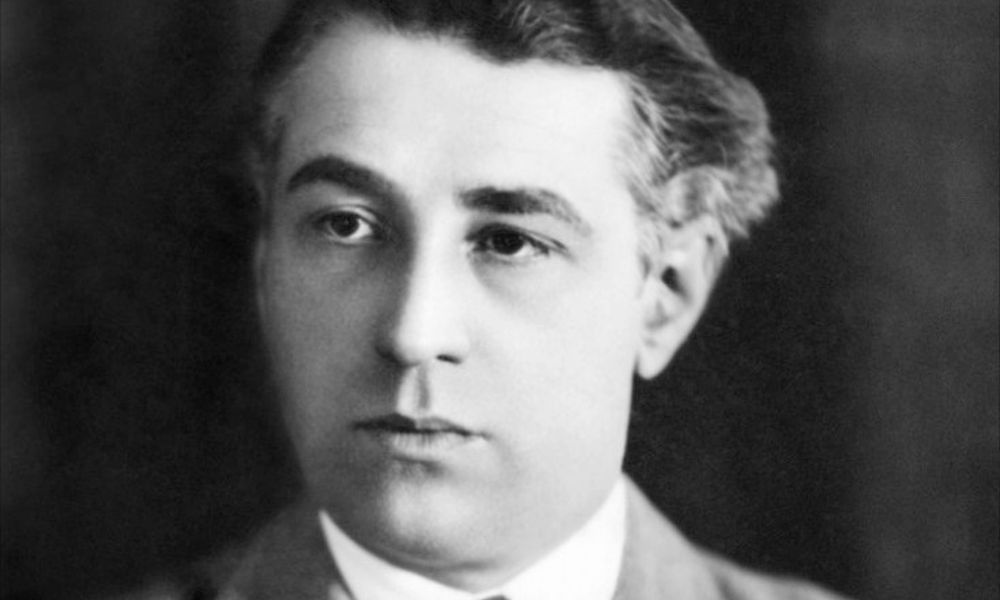“Tremendously innovative, this French director was a pioneer of cinema techniques, with something of a ‘Napoleon fixation’… Gance, in fact, was ahead off the field in most things, especially movement of the camera, shooting action from moving trucks, the backs of horses, swinging pendulums, or motorized tripod-heads, or with cameras suspended from wires - all adding to the epic sweep of his more spectacular films.” - David Quinlan (Quinlan's Film Directors, 1999)
Abel Gance
Director / Screenwriter / Producer / Editor
(1889-1981) Born October 25, Paris, France
Top 250 Directors
(1889-1981) Born October 25, Paris, France
Top 250 Directors
Key Production Countries: France, Italy
Key Genres: Drama, Historical Film, War Drama, Swashbuckler, Romantic Drama, Period Film, Message Movie, Melodrama, War, Historical Epic, Epic, Adventure
Key Collaborators: Steve Passeur (Screenwriter), Léonce-Henri Burel (Cinematographer), Arthur Honegger (Composer), Marguerite Beaugé (Editor), Fernand Gravey (Leading Actor), Séverin-Mars (Leading Actor), Charles Pathé (Producer), Henri Alekan (Cinematographer), Marc Bujard (Cinematographer), Roger Hubert (Cinematographer), Maurice Forster (Cinematographer), Jules Kruger (Cinematographer)
Key Genres: Drama, Historical Film, War Drama, Swashbuckler, Romantic Drama, Period Film, Message Movie, Melodrama, War, Historical Epic, Epic, Adventure
Key Collaborators: Steve Passeur (Screenwriter), Léonce-Henri Burel (Cinematographer), Arthur Honegger (Composer), Marguerite Beaugé (Editor), Fernand Gravey (Leading Actor), Séverin-Mars (Leading Actor), Charles Pathé (Producer), Henri Alekan (Cinematographer), Marc Bujard (Cinematographer), Roger Hubert (Cinematographer), Maurice Forster (Cinematographer), Jules Kruger (Cinematographer)
“During the silent era, when he aligned himself with the French avant-garde, Gance was consistently innovative - in La Folie du Docteur Tube, for example, he used distorting lenses to convey a world of psychological fantasy - though his narratives rarely transcended bombast and melodrama. But with the advent of sound and after the poor reception of La Fin du Monde, his career went into gradual decline. He was, however, a technical pioneer of huge ambition, his enthusiasm for the cinematic medium unquestionable.” - Geoff Andrew (The Director's Vision, 1999)
“One of early cinema’s most fearless innovators, Abel Gance originated a propulsive, breathtaking film rhythm and grammar that influenced the great Soviet filmmakers of the silent era. (More recently, Canadian director Guy Maddin has reanimated Gance’s editing style in his own films, notably The Heart of the World, 2000.) Fittingly for a practitioner of a newborn medium, Gance was an incurable experimenter in his silent epoch, beginning with his short films of the 1910s.” - Jessica Winter (The Rough Guide to Film, 2007)

La Roue (1923)
“Gance’s greatest triumph and the summary of his genius was his superspectacular production of Napoléon, a film that incorporated everything that had been known before about cinema technique, and much more. Parts of the films were shot by a combination of three synchronized cameras and shown on a wide triple screen, achieving an effect not unlike that of Cinerama some 30 years later.” - The Film Encyclopedia, 2012
“One of the giants of the cinema, a man of monumental talents who moved mountains and was almost crushed by them, an innovator who suffered in France as Stroheim did in Hollywood. His roots were in Griffith and Thomas Ince but also in the French traditions of literature, theater, and film and in his own largely self-taught cultural knowledge.” - Georges Sadoul (Dictionary of Film Makers, 1972)
“The grandeur of Gance’s career unfolds over a half-century. Besides being a brilliant drama, Napoleon (26) is a pioneering biography using wide screen and split images.” - William R. Meyer (The Film Buff's Catalog, 1978)
“Abel Gance is universally recognized as one of the greatest directors in history. Often compared with Erich von Stroheim for his talent, extravagance, imagination and ego, his experiments in camera movement, editing, and cinematography exceeded anything being done by his contemporaries and redefined the parameters of film discourse. But he often provoked animosity promoting his own genius and aggravated producers by running over budget on ever-expanding projects. Finally, like von Stroheim, the advent of sound prevented Gance from realizing his ambitions.” - Roger Hagedorn (The Virgin International Encyclopedia of Film, 1992)
Selected Filmography
{{row.titlelong}}
Abel Gance / Fan Club
José Luis Guarner, Luc Moullet, Michel Mourlet, Olivier Assayas, Mia Hansen-Løve, Casper Tybjerg, Catherine A. Surowiec, Matthew Sweet, Patrick Duynslaegher, Augusto M. Seabra, Susan Sontag, Ángel González
José Luis Guarner, Luc Moullet, Michel Mourlet, Olivier Assayas, Mia Hansen-Løve, Casper Tybjerg, Catherine A. Surowiec, Matthew Sweet, Patrick Duynslaegher, Augusto M. Seabra, Susan Sontag, Ángel González
"Fan Club"
These film critics/filmmakers have, on multiple occasions, selected this director’s work within film ballots/lists that they have submitted.
These film critics/filmmakers have, on multiple occasions, selected this director’s work within film ballots/lists that they have submitted.


